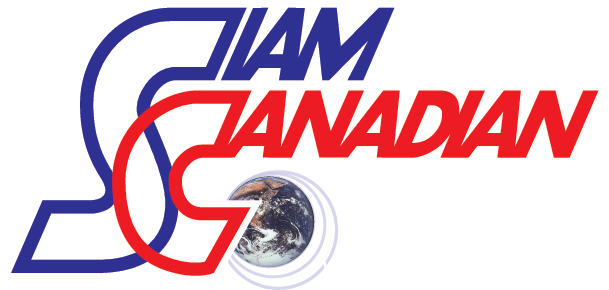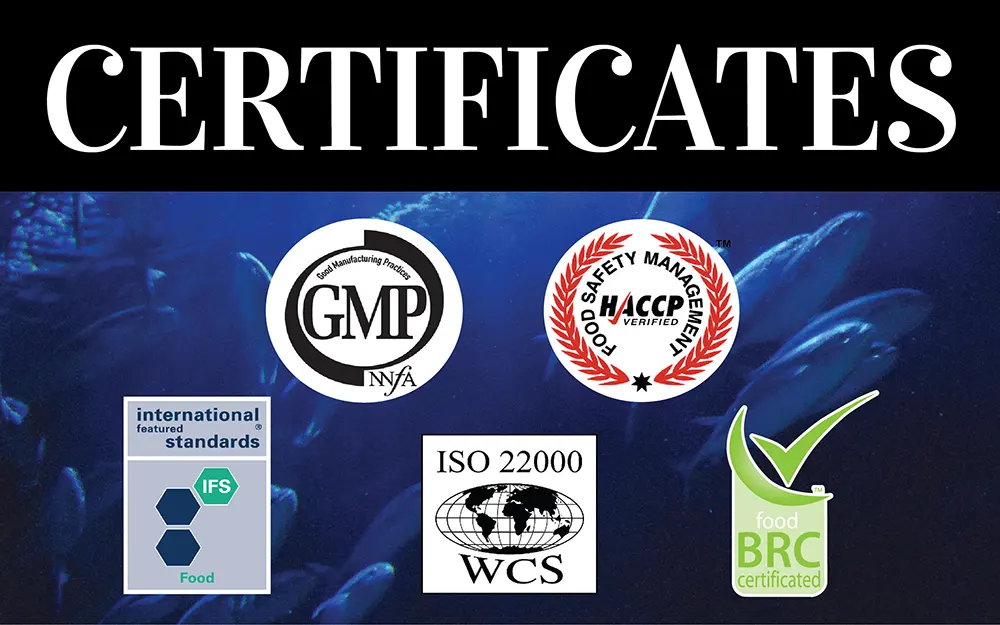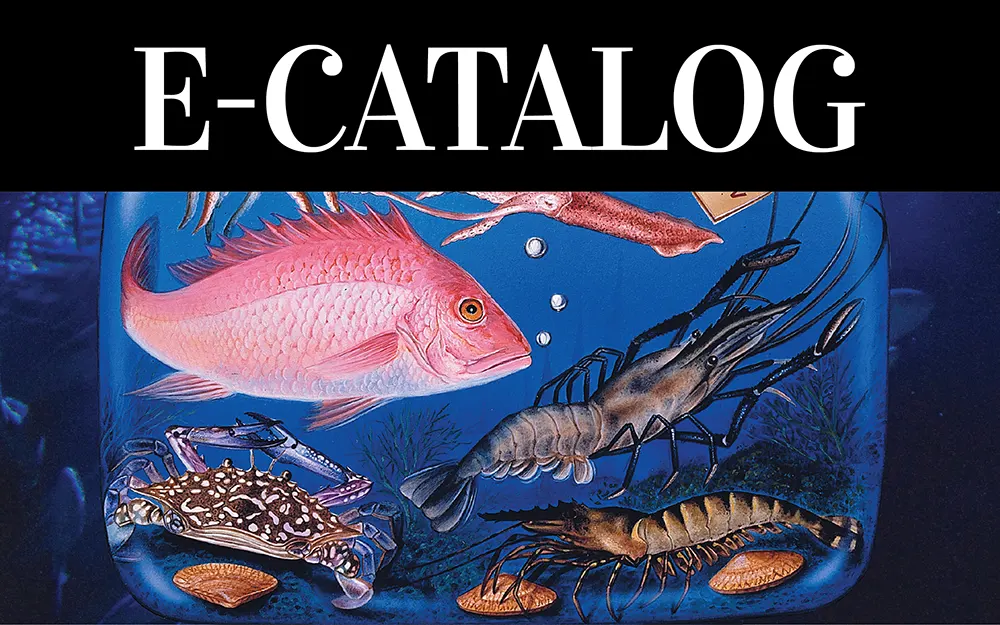Bangkok-based seafood exporter Siam Canadian is boosting sales to new markets including China and Eastern Europe, managing director Jim Gulkin told IntraFish.
“When the business was started we sold Asian products to western countries, but now that is completely changed. Today our markets are very diverse and we sell into 70 different countries,” Gulkin, who founded Siam Canadian in 1987, told IntraFish.
Although Canada, the United States and western Europe remain Siam Canadian’s main markets, he said, new regions have been developing a growing appetite for seafood.
These include Eastern European countries such Russia and Ukraine and also the Middle East, which have become Siam Canadian’s fastest growing markets.
They also include traditional exporting countries like China, which are fast turning into major importing markets. “We now sell into countries where we have our own export offices…All the countries that are exporting are also importing now.”
As a result Siam Canadian, which has offices in seven South East Asian countries, is working on boosting its sales to China.
“We’re working on a strategy to ramp up our business selling into China and that’s something we’re going to be focusing on in the coming years,” Gulkin, who is also majority shareholder of Siam Canadian, said.
“China is clearly going to be more of an import market than an export market in the future. So we have to be part of that and we expect we will be.”
Gulkin is the first to admit that there’s a lot to learn when doing business in China. The market there is “highly price conscious” and “not yet mature,” he said.
“There’s also a lot of very new players there so you have to be a little bit careful and the way of doing business is different than it is in the United States or Europe…. It’s not that straightforward, it’s a big place with many companies and you have to navigate your way carefully to find the right partners to do business. “
Dedicated importers, whom Siam Canadian usually sells to, are also less common in China. “I think in China the business will likely be more direct, through wholesalers and retailers,” Gulkin said.
Maneuvring a complex industry
Ironically, Siam Canadian has also benefited from the rising complexity of import and export activities. Regulations may cause headaches for importers and exporters but for Siam Canadian, it is a source of business.
“The more complicated the business, and the stricter the regulations are, the more room there is for companies like ours,” Gulkin, who first came to Asia as a backpacker in 1979, said.
To address this trend, Siam Canadian itself has blossomed from being a pure seafood trader to offering full-fledged outsourced purchasing services. Today, the group oversees the entire exporting process from quality control and purchasing to packaging and transport.
“The business is much more complicated now than it was 10 or 15 years ago and companies find that there’s a lot of time involved in putting orders together.”
And as the industry becomes increasingly rule-ridden, Siam Canadian expects demand for its services to grow.
“Over the years there’s been much stricter control on products, more complicated legislation… So importers are finding more and more that unless they have their own team in a given country like Thailand or Indonesia, it’s much easier to have a company like Siam Canadian that can manage all the exporting business on their behalf.”
“This makes the business more complicated in a sense, but it’s really a good thing for the business and for our company. “
‘More is healthier’
With 120 employees and revenues of $245 million (€182 million) in 2009, Siam Canadian has established itself as a major exporter of seafood from South East Asia.
In addition to its initial base and headquarters in Bangkok, the group now has offices in Vietnam, Indonesia, India, China, Malaysia and Myanmar. Shrimp account for around 55 percent of sales, of 90 percent of all sales from Thailand, while it also deals with a range of other species including tilapia and squid.
These figures make Siam Canadian one of the region’s biggest seafood companies. Gulkin, however, is not excited by the idea of a consolidating sector and does not see a role for Siam Canadian to lead such a development. “I think in any industry more players is better than fewer players, so when I see fewer factories and fewer importers and retail chains I think that’s an unhealthy thing and I hope that doesn’t continue,” he said.
“I’d rather see more players, smaller players, medium-sized players from all sides of the business from farmers to processors, importers, retailers etc. A more democratic playing field is healthier.”
Source:
Contact us for more formation:
Email: info@siamcanadian.com



